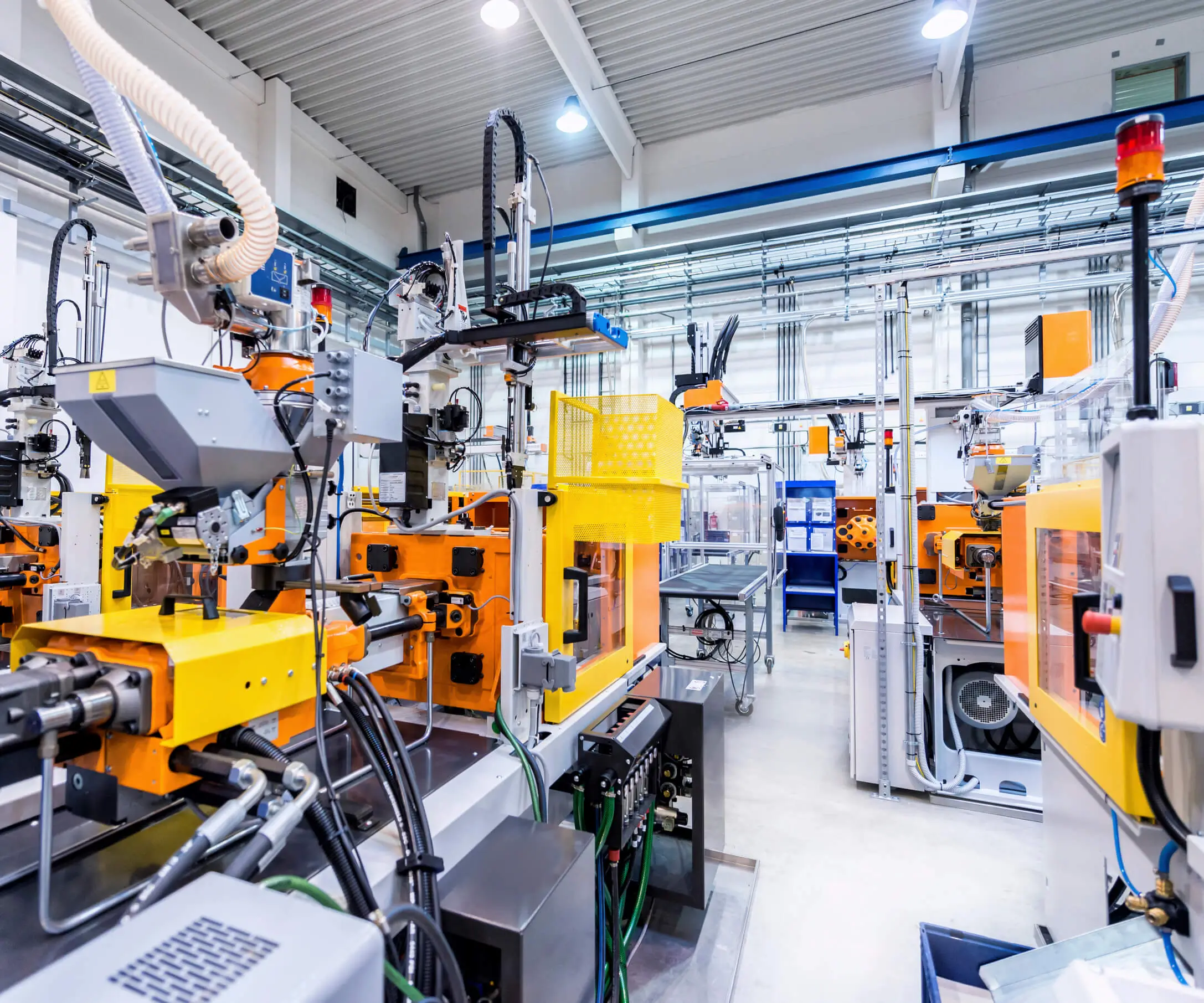The Evolution of Motor Control: From Brushed to Brushless
In the world of electromechanical devices, motors are the unsung heroes powering everything from tiny drones to massive industrial robots. Among the myriad types, the brushless DC motor (BLDC) stands out as a marvel of modern engineering—an embodiment of efficiency, longevity, and precision. To understand the allure of BLDC servo design, it helps to glance back at motor evolution: from brushed DC motors, which rely on brushes and commutators to switch current directions, to the brushed ones’ more elegant and durable successors.

Brushed motors, while historically ubiquitous, suffer from wear and tear due to brushes rubbing against commutators. Dust, heat, and mechanical degradation gradually diminish performance and lifespan. Enter the BLDC motor: a design where electronic switching replaces mechanical brushes, leading to fewer parts subject to wear and tear, and enabling smoother, more reliable operation.
What makes BLDC motors particularly suitable for servo applications? The answer lies in their unique construction and control capabilities. Unlike traditional DC motors, BLDCs feature a stator with windings and a rotor equipped with permanent magnets. The absence of brushes facilitates electronic commutation—an intelligent switching of current in windings—meaning the motor's position and rotation can be precisely managed via sophisticated control algorithms.
That brings us directly into the realm of servo design—a domain focused on achieving highly accurate, repeatable positioning and velocity control. Modern servo systems depend on precise feedback, rapid response, and minimal error—precisely what BLDC technology offers when paired with advanced control strategies.
Understanding the Core Components of a BLDC Servo System
A typical BLDC servo system comprises several key elements, each working harmoniously for optimal performance:
Motor (the Heart of the System): The core element, often designed with laminated stator cores and surface or interior-mounted magnets, determines the motor’s torque, speed, size, and efficiency. The motor’s design influences how effectively it can handle rapid start-stop cycles, high loads, and temperature variations.
Electronic Drive/Controller: This component acts as the brain of the system. It interprets signals from feedback sensors (like encoders or resolvers) and rapidly switches the current through the stator windings, creating magnetic fields that drive the rotor precisely where needed. High-performance drives incorporate pulse-width modulation (PWM), field-oriented control (FOC), and vector control algorithms to optimize torque and speed, while minimizing energy waste.
Feedback Devices: The backbone of any servo system, sensors such as optical encoders or Hall-effect sensors translate physical position or speed into electronic signals. Accurate feedback ensures the controller can make instant corrections, maintaining the desired position or velocity with near-perfect accuracy.
Power Supply: Reliable, filtered power sources are vital, as they ensure clean operation under varying load conditions and prevent electromagnetic interference (EMI) that could disrupt sensitive feedback signals.
Why Choose a BLDC Servo?
The appeal of BLDC servo design is multi-faceted. It offers high torque-to-inertia ratios, excellent thermal management, low maintenance thanks to fewer moving parts, and superior energy efficiency. For precision tasks—like robotic arms assembling microchips or aerospace components—these attributes are not just desirable but essential.
Control Algorithms: The Magic Behind Smooth Operation
At the heart of advanced BLDC servo design lies sophisticated control algorithms. Field-oriented control (FOC), also known as vector control, revolutionizes how BLDC motors are driven. Rather than controlling just raw voltage or current, FOC considers the motor as a vector in a two-dimensional plane, managing torque and flux independently for smooth, stable operation.
FOC often involves complex mathematical transformations—Clarke and Park transforms—that convert three-phase signals into two-axis orthogonal components. From these, the control system derives the exact current commands needed to produce specific torque and flux, allowing the servo to respond rapidly and precisely to multivariable commands.
The ability to dynamically adjust the torque and position in real time is what makes BLDC servos a favorite for demanding industrial environments and high-precision applications. Moreover, integrating real-time sensors, high-speed microcontrollers, and advanced firmware, engineers can fine-tune servo responses for optimal performance across a broad range of operating conditions.
Designing for Efficiency and Reliability
In servo design, efficiency isn't just about energy savings; it’s about consistent, predictable performance. BLDC motors inherently contribute to high efficiency because of their electronic commutation and brushless construction, reducing heat loss and mechanical inefficiencies. For high-duty-cycle applications like CNC machining or aerospace actuation, these efficiencies translate into longer operational lives and lower cooling requirements.
Reliability, often measured in terms of MTBF (Mean Time Between Failures), is enhanced in BLDC designs because there are no brushes to wear out and fewer components prone to mechanical failure. The use of robust materials, careful thermal management, and error-detection algorithms for controllers further boosts system durability.
Challenges and Innovations in BLDC Servo Design
While BLDC servo systems boast numerous advantages, engineering their design isn’t devoid of challenges. Precise sensor calibration, noise filtering in feedback signals, thermal management, and electromagnetic compatibility (EMC) are ongoing considerations. Innovative solutions continually emerge—such as sensorless control techniques using Back-EMF (Electromotive Force) signals, which eliminate the need for physical sensors, reducing cost and complexity.
Another exciting trend is the integration of intelligent control systems powered by machine learning algorithms. These can adapt in real-time to varying load conditions, predict potential failures, and optimize performance parameters dynamically.
Established in 2005, Kpower has been dedicated to a professional compact motion unit manufacturer, headquartered in Dongguan, Guangdong Province, China.




































